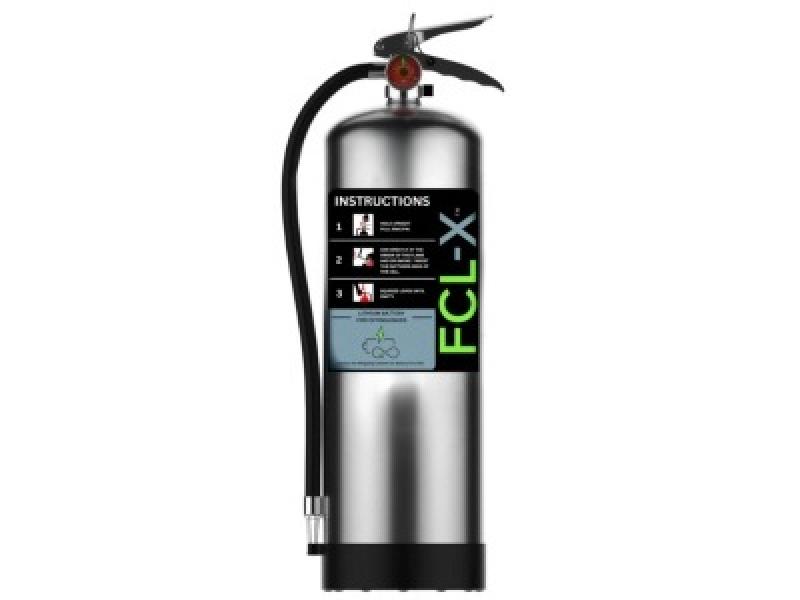 Buildings account for approximately one-third of global greenhouse gas (GHG) emissions and 40 per cent of global energy consumption, so the property sector must play a major role in carbon emission reductions.
Buildings account for approximately one-third of global greenhouse gas (GHG) emissions and 40 per cent of global energy consumption, so the property sector must play a major role in carbon emission reductions.
The new Global ESG Real Estate Investment Survey Results report from Bentall Kennedy, Real Property Association of Canada (REALPAC) and United Nations Environment Programme Finance Initiative (UNEP FI) updates progress being made and the even greater positive changes possible within the sector.
The survey was conducted to better understand how the attitudes, strategies and practices of real estate investors, fund and asset managers incorporate environmental, social and governance (ESG) criteria. It also explores the degree to which they may need to strengthen their commitments so portfolios align with the GHG emission reduction objectives of The Paris Agreement, aimed at reducing emissions by 30 per cent below 2005 levels by 2030.
Taking ESG considerations into account
The vast majority of survey respondents are taking ESG considerations into account for acquisitions and using them as a lever to lower risk. Tenants and owners are asking for more from asset managers to address climate risk.
“It was encouraging to see the near-consensus view of the importance of weighing ESG criteria as a factor in real estate investment decision-making across the globe,” said Bentall Kennedy (Canada) Limited Partnership vice-president of sustainability and environmental health and safety Anna Murray, who co-authored the survey. “This points to increasing investor sophistication around the financial merits of sustainable investing as a means of risk mitigation and long-term value creation.”
Forty-four companies from the Asia-Pacific, North America and Europe regions, representing more than US$1 trillion of global assets under management, responded to the 30-question survey conducted between September and November. Ninety-seven real estate organizations were contacted, representing a 45 per cent response rate.
“There is a great risk of self-selection bias,” said REALPAC chief executive officer Michael Brooks. “That is, only those with something positive to report on their ESG strategy chose to respond.”
Brooks believes, however, that the majority of companies contacted are tracking ESG to some degree but didn’t respond to the survey for a variety of reasons.
GHG emissions and real estate investment
A majority of the respondents address energy and GHG emissions. But the results indicate that only 68 per cent have a real estate investment strategy in place that takes into account the GHG emissions of potential acquisitions.
When broken down regionally, 100 per cent of Asia-Pacific respondents have such a strategy, followed by Europe at 72 per cent and North America at 47 per cent.
“North American respondents are certainly addressing GHGs,” said Brooks. “However, North America may not be as advanced as Europe and Asia-Pacific when it comes to measuring, calculating, accounting and strategizing around GHGs, especially in a proactive way, when it comes to acquisitions.
“This would require more research and data to better understand and validate.”
Building sustainability benchmarking
When making investment decisions, 80 per cent of respondents look at how buildings are benchmarked against others using an established sustainability rating tool.
All of the Asia-Pacific respondents, 76 per cent of North American respondents and 71 per cent of European respondents consider building sustainability benchmarking data in investment decisions. In addition, 95 per cent of respondents stated they contribute to or support sustainability benchmarking at the portfolio and operational levels and assess performance results.
Seventy-eight per cent of respondents indicated they work with tenants to encourage a lower carbon footprint.
Respondents were asked what specific indicators they use to track ESG performance. The most common are energy and water consumption, GHG emissions and waste generation.
Ninety-one per cent of respondents are using sustainability disclosure frameworks. This figure is highest in Europe (100 per cent), followed by North America (89 per cent) and Asia-Pacific (83 per cent). The top three disclosure frameworks used are GRESB, Principles for Responsible Investment and Global Reporting Initiative.
Business case for ESG integration
The results of the study affirm ESG integration is of increasing importance for investors and is a contributor to financial value.
“The business case to include ESG criteria into investment and management decisions is directly informed by the increase in tenant demand for buildings with improved operational excellence, lowered economic and climate risk resilience, and the increase in investor demand for climate change and sustainability performance disclosure,” said Murray.
“When ESG action is incorporated into investment decisions, long-term value for clients can be enhanced by managing ESG risk more effectively, meeting exemplary environmental standards, and addressing increased tenant demand for buildings with improved operational excellence.”
The majority of respondents are highly motivated to use ESG criteria in investments because of: lowered risk; increased investor demand for sustainability disclosure; and increased tenant demand for green buildings.
Using ESG criteria in real estate investment and management can be an effective risk-management tool for investors and fund and asset managers. Economic, physical and regulatory risks are all taken into consideration.
Regulatory guidelines
“I believe regulatory guidelines are a growing factor, but hesitate to speculate as to how strong a motivator they are in various regions around the world,” said Brooks. “To my knowledge, very few jurisdictions require an ESG report.
“Many require disclosure of material risks, which could include some ESG indicators. However, the spectre of increasing regulation is everywhere, from the United Nations’ Sustainable Development Goals to the Task Force on Climate-related Financial Disclosures to the ESG ratings done by third parties on public and institutional entities, such as MSCI, SASB, Bloomberg and Sustainalytics.
“Overall, I believe increasing pressure from stakeholders, internal risk mitigation, anticipated compliance with pending regulation and the desire for strong social license are the main drivers.”
Survey results indicate many investors demand climate change and sustainability performance disclosure. In response, 91 per cent of respondents are using various disclosure frameworks to evaluate and communicate asset or portfolio-level ESG performance.







